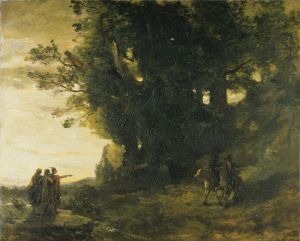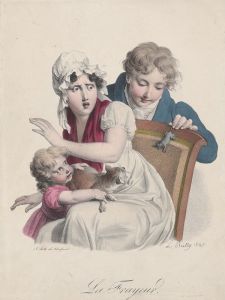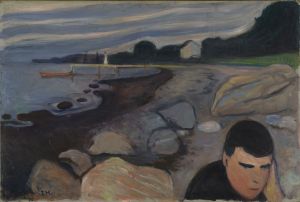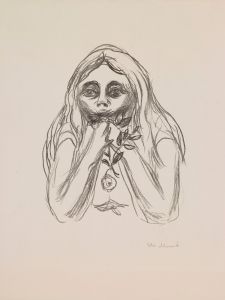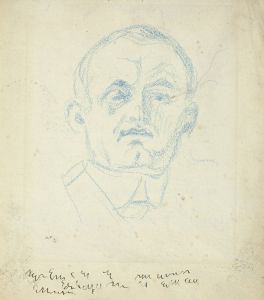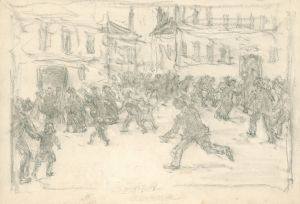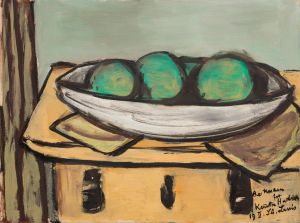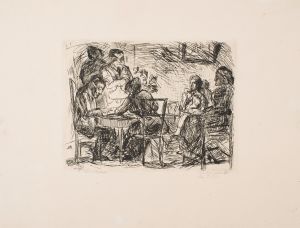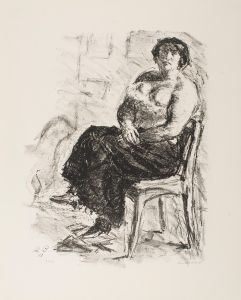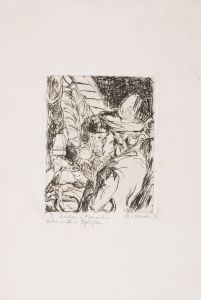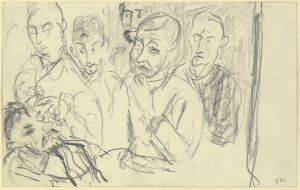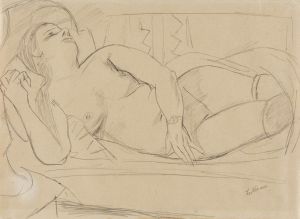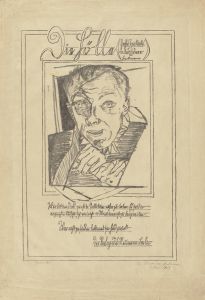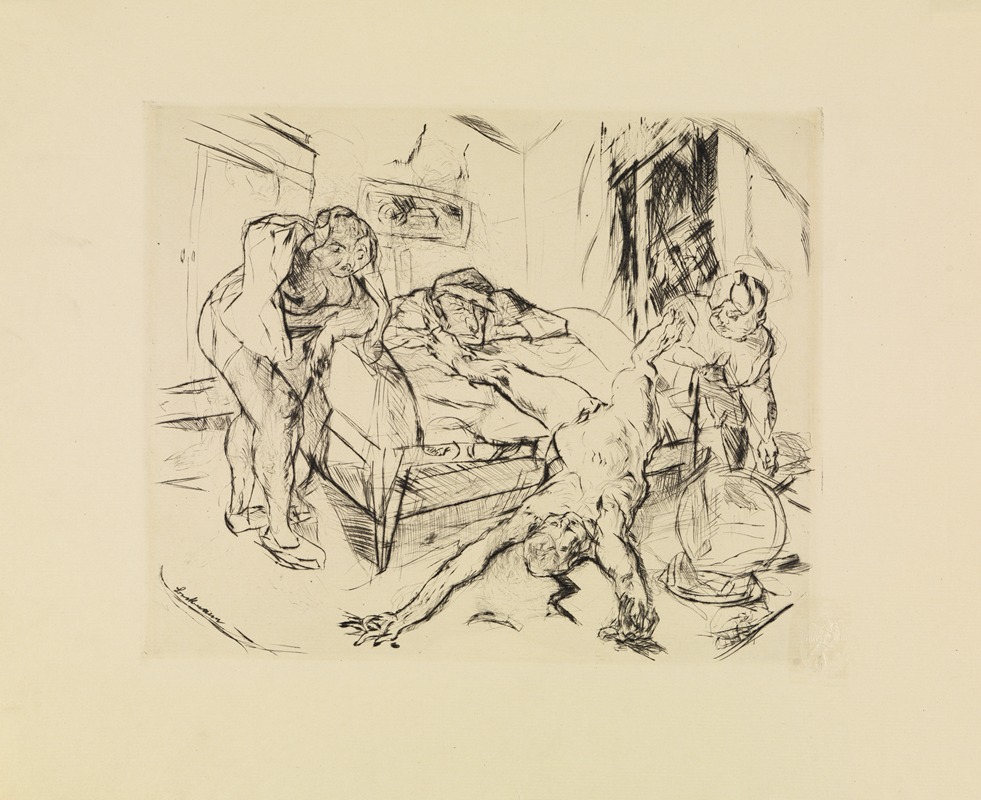
Die Nacht
A hand-painted replica of Max Beckmann’s masterpiece Die Nacht, meticulously crafted by professional artists to capture the true essence of the original. Each piece is created with museum-quality canvas and rare mineral pigments, carefully painted by experienced artists with delicate brushstrokes and rich, layered colors to perfectly recreate the texture of the original artwork. Unlike machine-printed reproductions, this hand-painted version brings the painting to life, infused with the artist’s emotions and skill in every stroke. Whether for personal collection or home decoration, it instantly elevates the artistic atmosphere of any space.
"Die Nacht" (The Night) is a significant painting by the German artist Max Beckmann, created between 1918 and 1919. This work is often regarded as one of Beckmann's most important pieces and a quintessential example of the New Objectivity movement, which emerged in Germany in the aftermath of World War I. The painting is an oil on canvas and measures approximately 133 cm by 154 cm.
Max Beckmann was deeply affected by the horrors and chaos of World War I, having served as a medical orderly during the conflict. This experience profoundly influenced his artistic vision, leading him to reject the romanticism and abstraction that characterized much of the early 20th-century art. Instead, Beckmann embraced a more realistic and critical approach, which is evident in "Die Nacht."
The painting depicts a nightmarish scene set in a cramped, dimly lit room. The composition is chaotic and filled with tension, featuring a group of figures engaged in acts of violence and despair. A man is bound and hanging from the ceiling, while another figure appears to be strangling a woman. In the foreground, a child clings to a woman who seems to be in distress. The figures are distorted and exaggerated, reflecting the influence of Expressionism, yet they are rendered with a stark realism that underscores the brutality of the scene.
"Die Nacht" is often interpreted as a commentary on the social and political turmoil of post-war Germany. The painting captures the sense of disillusionment and trauma that pervaded the country during the Weimar Republic era. The chaotic and violent imagery can be seen as a metaphor for the breakdown of societal norms and the pervasive sense of instability that characterized the period.
Beckmann's use of color and form in "Die Nacht" further enhances the painting's emotional impact. The palette is dominated by dark, muted tones, with stark contrasts between light and shadow that heighten the sense of drama and unease. The figures are rendered with angular, jagged lines, contributing to the overall sense of tension and disarray.
"Die Nacht" is housed in the Kunstsammlung Nordrhein-Westfalen in Düsseldorf, Germany. It remains a powerful testament to Beckmann's ability to convey the complexities of human experience through his art. The painting continues to be studied and admired for its unflinching portrayal of the darker aspects of human nature and its reflection of a tumultuous period in history.
Max Beckmann's work, including "Die Nacht," has had a lasting influence on modern art. His ability to blend elements of Expressionism with a more objective, critical perspective paved the way for future generations of artists to explore themes of social and political significance. "Die Nacht" stands as a poignant reminder of the enduring power of art to confront and illuminate the human condition.






